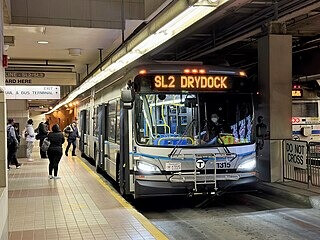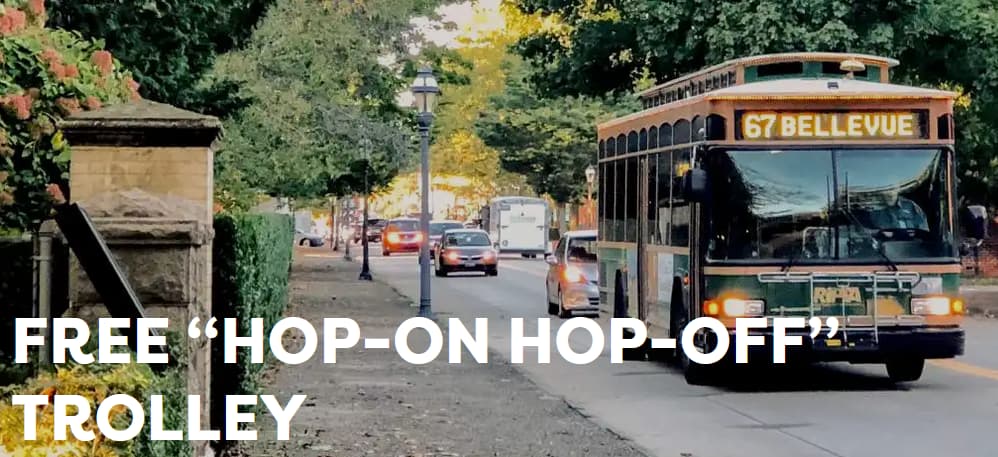Nope, we have an adorable one here in Rhode Island:
This is my thinking also. With a brt=yes, we would be describing a boolean when the reality is that there are shades of gray in the BRTness of a particular transit system. This is equivalent to wheelchair=yes, which sounds useful but ultimately conveys no useful information to someone wheelchair-bound – wheelchair-accessible is entirely dependent on the degree of mobility of the wheelchair-bound person! What is actually useful is to tag the specific details.
Likewise, the actual useful thing for a bus route are things like:
fee=yes/noif you have to pay a fee- what percentage of the route is on a
highway=buswayversus (traffic-prone) public roads - proper tagging for stations, entrances, stops, etc
In that vein, I don’t think it’s useful to try to categorize bus routes in this way. Many will defy categorization based on their unique particulars.
For example, this week I rode the free Silver Line in Boston. Wikipedia twists itself into pretzels trying to define this thing:
The Silver Line is a system of bus routes in Boston and Chelsea, Massachusetts, operated by the Massachusetts Bay Transportation Authority (MBTA). It is operated as part of the MBTA bus system, but branded as bus rapid transit (BRT) as part of the MBTA subway system.

Is it a bus line, BRT, or part of the subway system? All three? Only a small portion of the route runs on dedicated bus roads; otherwise it’s a bus driving on normal city streets.
brt=yes would provide no assistance here in describing the system.
